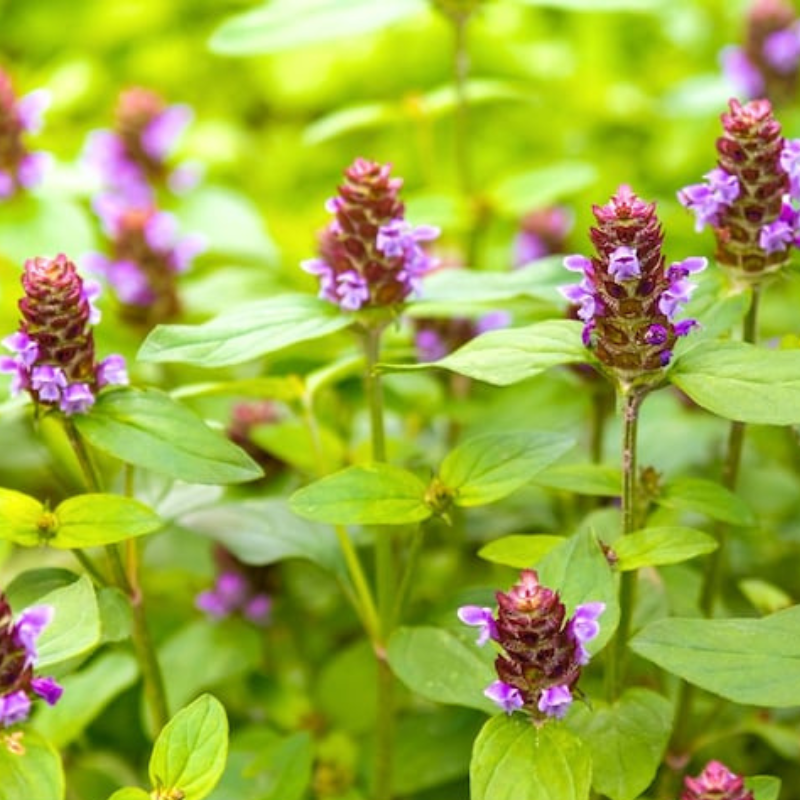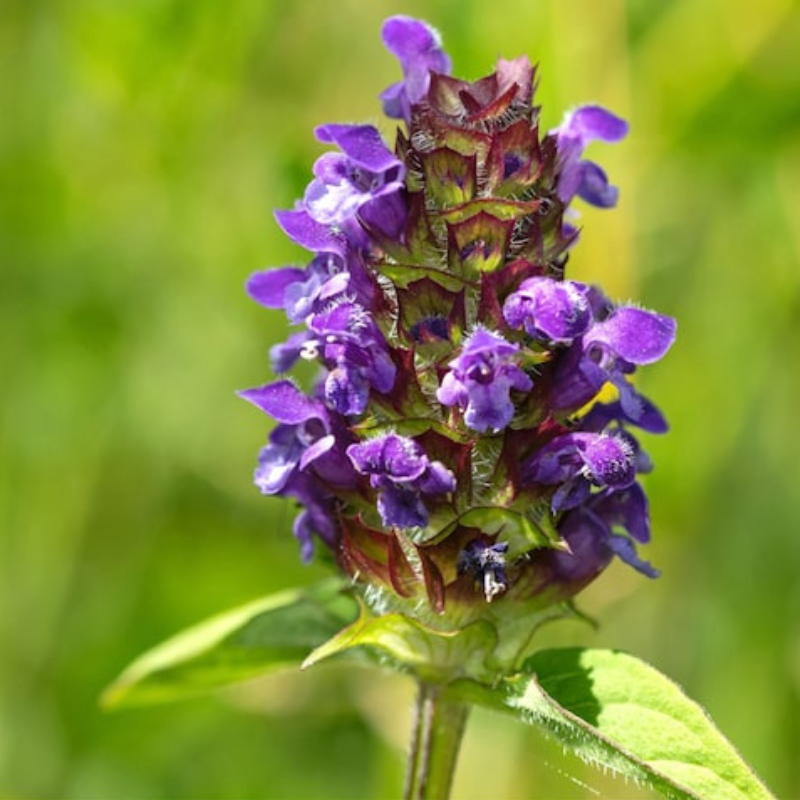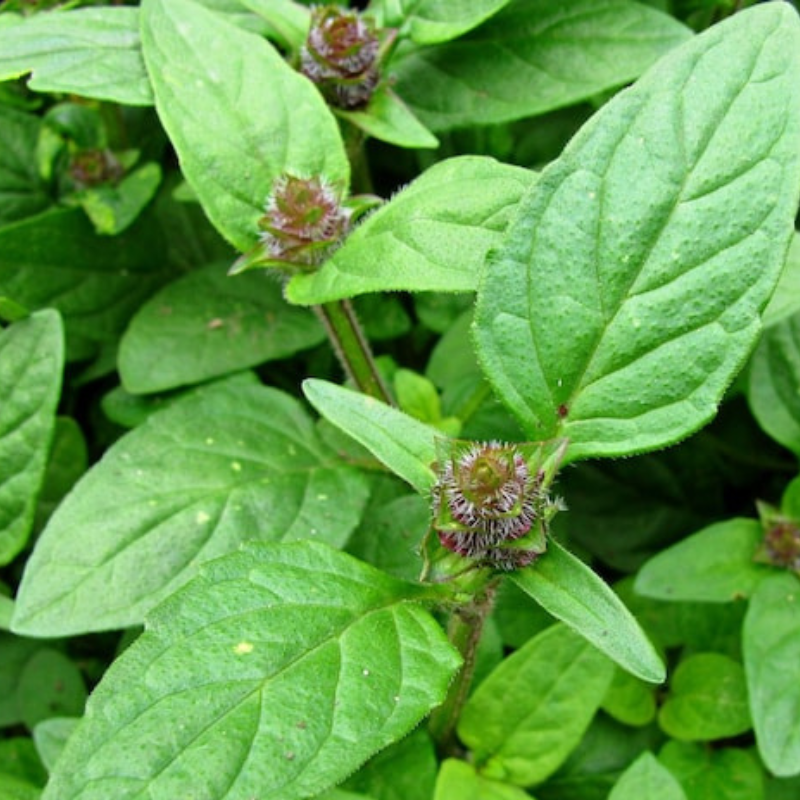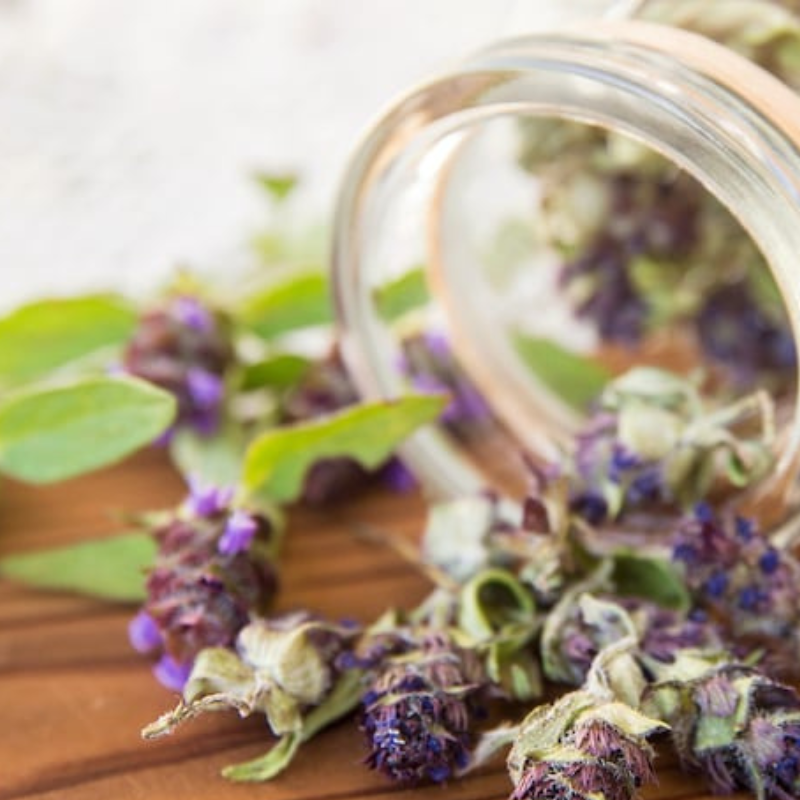- Historical context: Self Heal (Prunella vulgaris), also known as Heal-All or Woundwort, has been used for centuries in traditional medicine across various cultures.
- Geographical origination: Native to Europe, Asia, and North America.
- Relevant cultural significance: Self Heal has been highly regarded in folk medicine for its purported healing properties, often used in poultices and teas.
- Time period of discovery: The use of Self Heal dates back to ancient times, with records of its use in medieval European herbal medicine.
- Original habitat: Typically found in meadows, grasslands, and open woodlands.
- Notable historical uses: Used historically to treat wounds, sore throats, and digestive issues. It was also believed to have magical properties in some cultures.
- Ideal temperature range: 15-25°C (59-77°F)
- Soil type: Prefers well-drained, loamy soil but can adapt to various soil types.
- Sunlight requirements: Full sun to partial shade
- Watering needs: Moderate watering; keep the soil consistently moist but not waterlogged.
- Planting season: Best planted in early spring or late summer.
- Germination time: Approximately 2-3 weeks
- Growth cycle duration: Perennial plant; blooms from late spring to early autumn.
- Common pests and diseases: Generally pest-resistant but can be affected by powdery mildew and rust.
- Companion planting advice: Grows well with other herbs like mint, thyme, and chamomile.
- Common challenges and solutions: Overwatering can lead to root rot. Ensure proper drainage and avoid waterlogged soil.
- Nutritional values: Contains vitamins A, C, and K, along with flavonoids and tannins.
- Health benefits: Anti-inflammatory and antioxidant properties; traditionally used to boost the immune system and promote wound healing.
- Culinary uses: Leaves and flowers can be used in salads, soups, and teas.
- Medicinal uses: Used in herbal medicine to treat wounds, sore throats, and digestive issues. Also believed to have antiviral properties.
- Other unique advantages: Attracts pollinators like bees and butterflies, making it beneficial for garden biodiversity.












